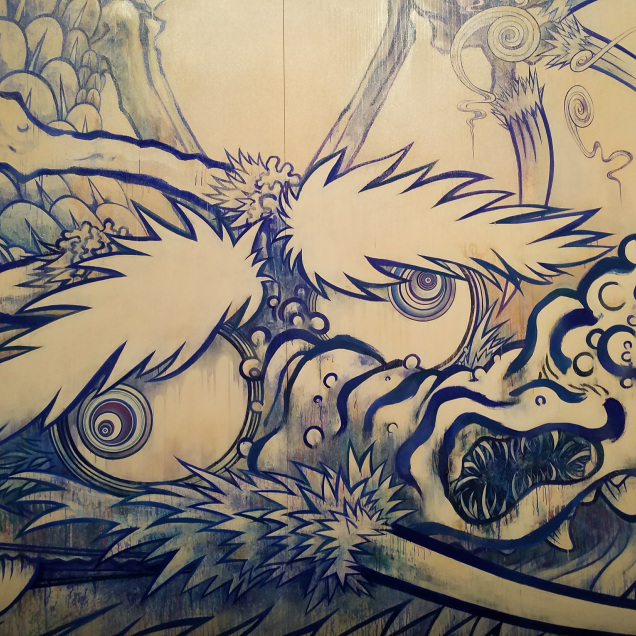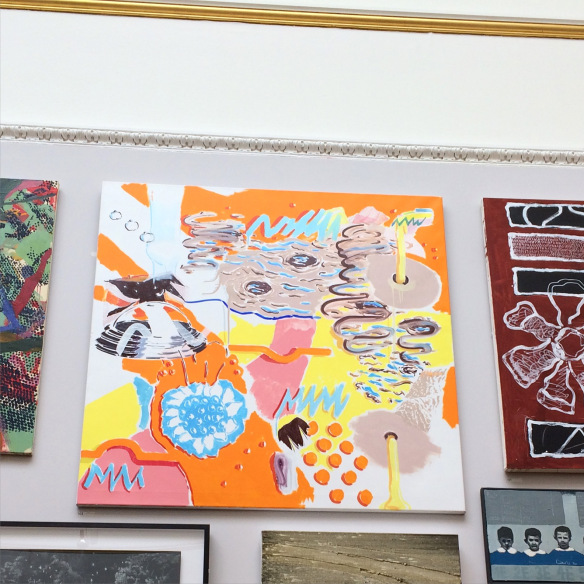During the reign of King Louis XIV (1643-1715), an enigmatic man spent several decades confined to the Bastille and other French prisons. He was apprehended in 1669 or 1670, with a criminal penalty of life imprisonment and died on 19th day of November 1703 under the name “Marchioly”. For centuries, the true identity of the prisoner remains a mystery due to the black velvet mask covering his face.

Evidence indicates that only two prisoners were in custody during the same timeframe as the “Mask”: Ercole Matthiole and Eustache Dauger. Matthiole was an Italian count who was abducted and jailed after he tried to double-cross King Louis XIV during political negotiations in the late-1670s. He was a longtime prisoner, and his name is similar to “Marchioly”—the alias under which the Mask was buried. Even more convincing is that Louis XV and Louis XVI both supposedly said the Mask was an Italian nobleman.
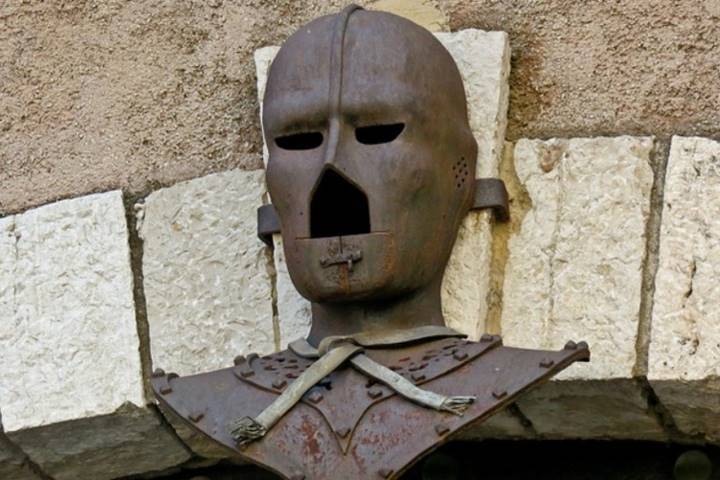
Unfortunately, Matthiole likely died in 1694—several years too early for him to be the Mask. With this in mind, many to point to the enigmatic Eustache Dauger as the more likely culprit. His 1669 arrest warrant included a letter from a royal minister instructing jailers to restrict his contact with others and to “threaten him with death if he speaks one word except about his actual needs.” Dauger was frequently shepherded between several prisons, and once was transported in a covered chair so that passersby would not see his face. While Dauger is a popular candidate for being the Mask, historians still don’t know who he was or if his name was a pseudonym. One theory holds that he was a lowly valet implicated in a political scandal, but he’s also been identified as a debauched nobleman, a failed assassin and even the twin brother of Louis XIV.
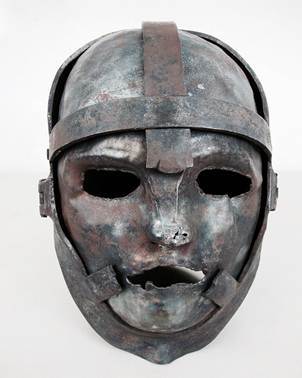 © princemichaelschronicles.com
© princemichaelschronicles.com 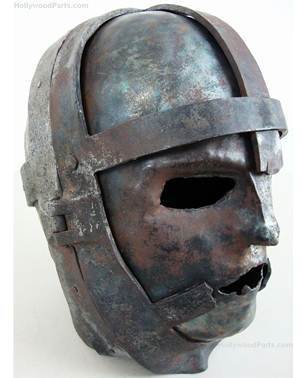 © icollector.com
© icollector.com
French writer and philosopher François-Marie Arouet also known for his pen name Voltaire claimed in the second edition of his Questions sur l’Encyclopédie (1771) that the prisoner wore a mask made of iron rather than of cloth, and that he was the older, illegitimate brother of Louis XIV. In the late 1840s.
It was further elaborated by French writer Alexandre Dumas on the story in the novel The Vicomte of Bragelonne: Ten Years Later, the final installment of his D’Artagnan saga : here the prisoner is forced to wear an iron mask and is Louis XIV’s identical twin.Dumas also presented a review of the popular theories about the prisoner extant in his time in the chapter “L’homme au masque de fer” ; “The Man in the Iron Mask” in the sixth volume of his Crimes Célèbres.
For years, it has been extensively debated by historians and various theories have been expounded in numerous books and films.
Wikipedia – Man in the Iron Mask History.com – Who was the Man in the Iron Mask? Advertisements Share this:


